Last Updated
The Dominican Republic is seeing a concerning rise in the number of dengue cases reported in the Caribbean island. The country’s public health ministry notified 436 new cases of dengue in the past four weeks, and 8 people are suspected to have died due to the disease this year. Public health authorities are asking residents in affected areas to take precautions to prevent the spread of the disease.

Dengue fever is a viral tropical disease spread by mosquitoes found across the Caribbean, including in the Dominican Republic. In total, the country has seen 1,623 cases of the disease during the first five months of the year. The number is around three times higher than the corresponding figure last year when 501 cases were reported.
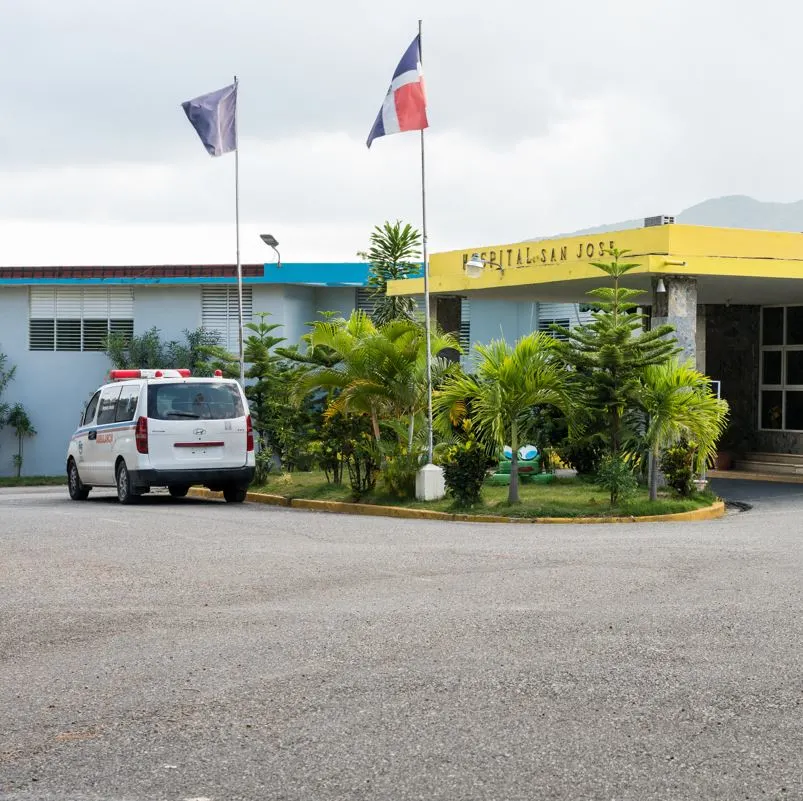
According to data released by Dominican authorities, a total of 436 cases of dengue fever were reported in the past four weeks alone. Whilst affecting all regions of the country, most cases of denuge fever have been notified in nine provinces, including Independencia, María Trinidad Sánchez, Puerto Plata, Samaná, San Pedro de Marcorís, San Cristóbal, Harahona, La Romana, and Hermanas Miralabal.
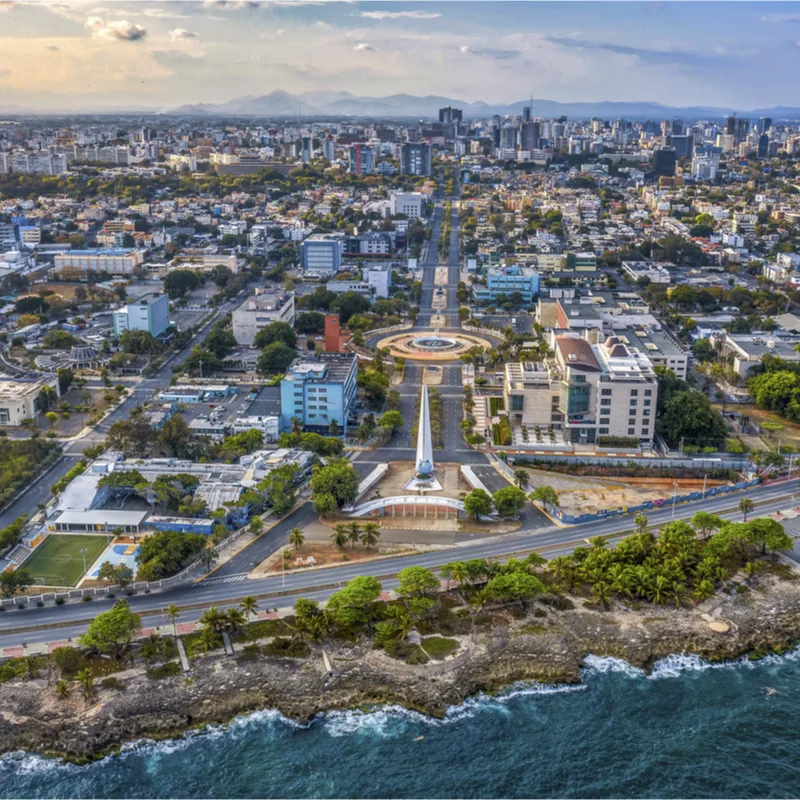
Despite the 221% increase in cases year on year, the number of deaths has remained the same as in 2021. Eight people are suspected to have lost their lives as a result of the disease this year, but public health officials have said that the reported deaths are pending review by health experts to confirm the final cause.
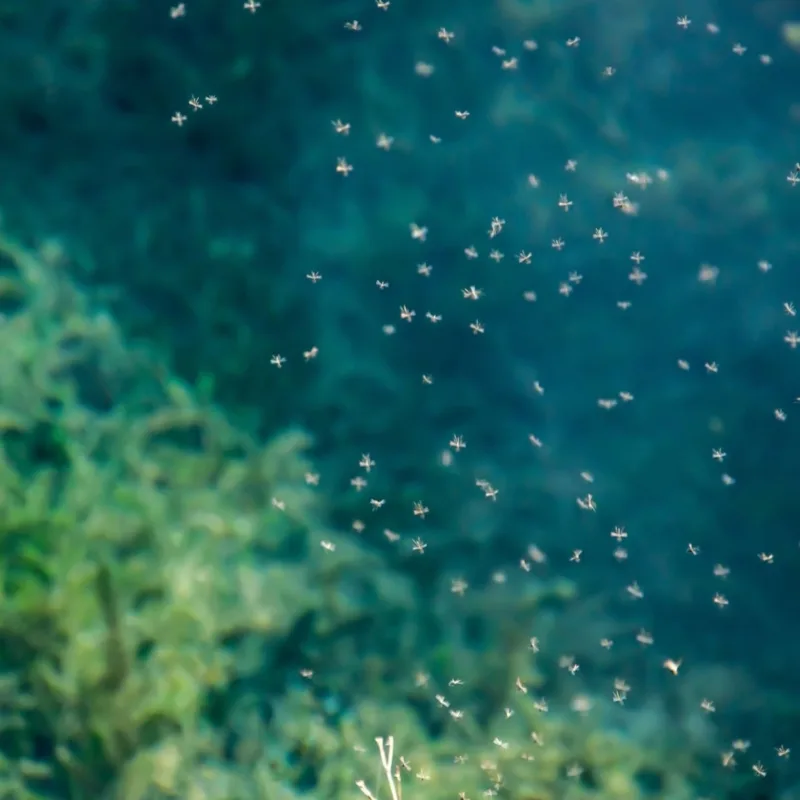
Dengue fever is transmitted by mosquito bites from the Aedes aegypti or yellow fever mosquitos that have been infected by the disease. The insect lives in environments with plenty of clean water, and the resulting disease can affect people of all ages, although a worrying number of cases are seen in younger patients.
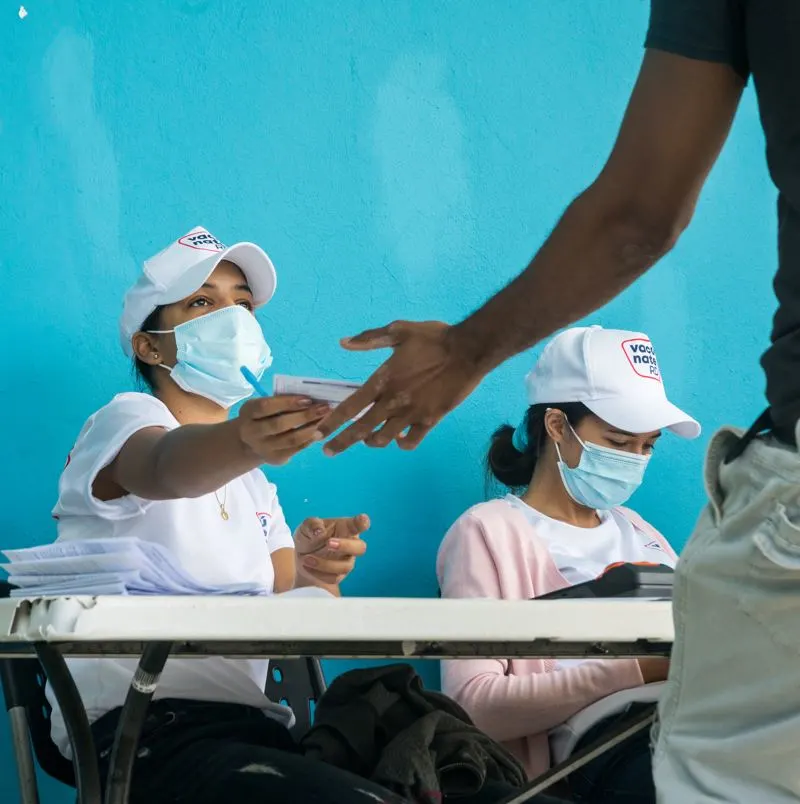
Most of the reported dengue infections are found across large Dominican cities. According to an epidemiological update issued by the national unit for epidemic diseases, which tracks the number of suspected as well as confirmed infectious diseases in the Dominican Republic, 46% of all cases between the 8th and 16th of May were notified in Santiago, Santo Domingo, as well as Villa Vásques and Moca.
Whilst dengue can infect all demographic groups, 84% of the affected individuals belonged to the younger age group, those aged 19 and younger.

Visitors should be aware of dengue fever symptoms, which typically appear 3 to 14 days after exposure. One of the major signs is fever, which can vary from mild to severe. It is usually accompanied by an intense headache, pain behind the eyeballs, as well as sore muscles, and joint pain. Symptoms affecting the skin are usually noticable including rashes and swollen palms and soles.
Officials are urging people with symptoms to immediately contact their nearest healthcare provider or clinic in order to properly treat the disease.
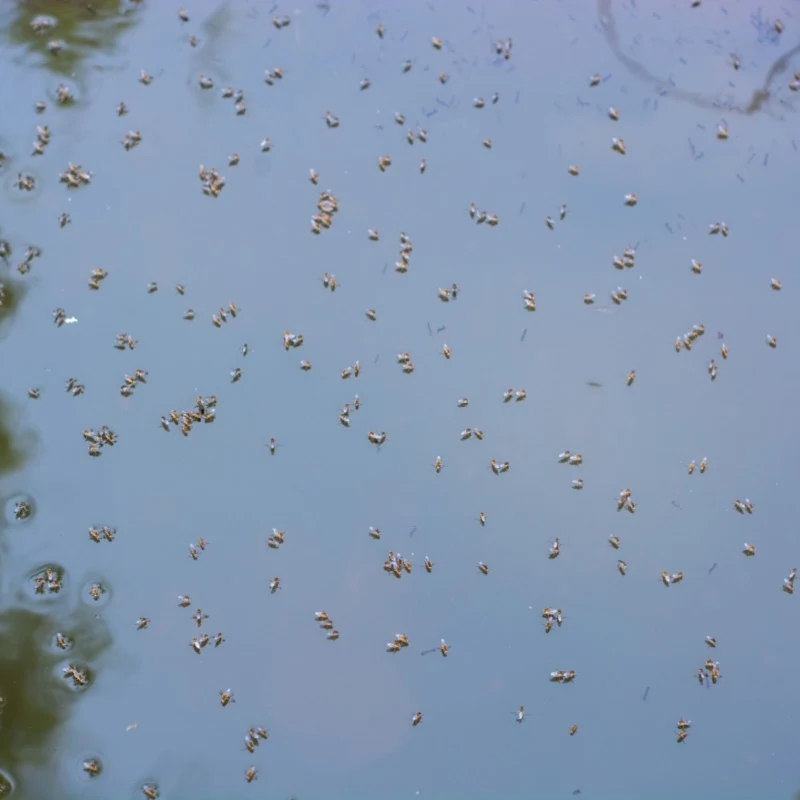
The Dominican health ministry recommends sealing all water containers used for drinking. Moreover, those with water tanks are urged to apply a chlorine solution above the waterline twice per week using a clean cloth. Objects containing water such as bottles, cans, and other containers should not be kept in the yard or garden. Clean sources of drinking water are the ideal place for infected mosquitos to grow and reproduce.
The Aedes aegypti species – responsible for spreading the disease – is found across North and South America. With up to 500 million people at risk of contracting the disease in the region, public health officials will continue to monitor the situation and issue recommendations as needed.
Plan Your Next Dominican Republic Vacation:
Traveler Alert: Don’t Forget Travel Insurance For Your Next Trip!
Choose From Thousands of Dominican Republic Hotels, Resorts and Hostels with Free Cancellation On Most Properties
↓ Join the community ↓

Subscribe to our Latest Posts
Enter your email address to subscribe to Dominican Republic Sun’s latest breaking news affecting travelers, straight to your inbox.
